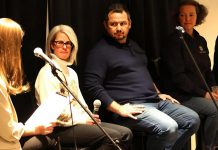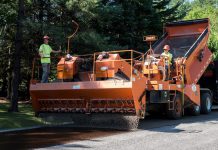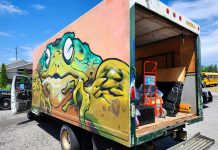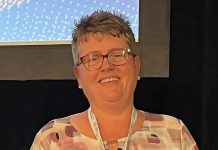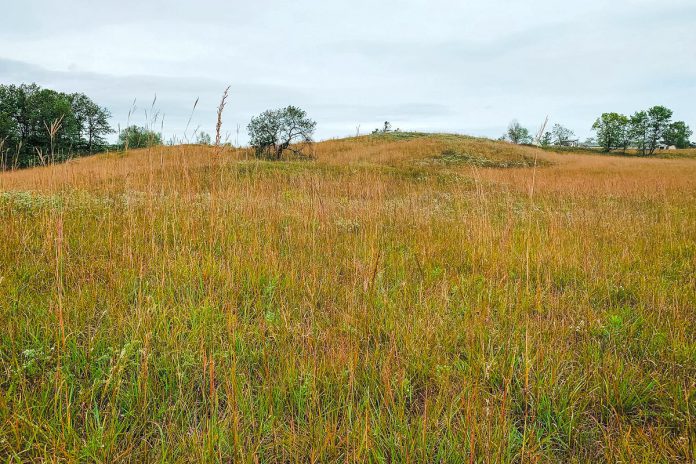
A plant nursery, located on Alderville First Nation south of Rice Lake, is helping to restore Ontario’s endangered grassland ecosystems while also growing traditional food and medicines for members of the local Indigenous community.
The Mitigomin Native Plant Nursery is part of the Alderville Black Oak Savanna, the largest intact tract of native grassland within the Rice Lake Plains and in central Ontario. In 1999, local biologist, artist, and Elder Rick Beaver noticed a mix of rare plant species (in what was then old agricultural fields) specific to two endangered grassland ecosystems: tallgrass prairie and black oak savanna.
Alderville First Nation’s Chief and Council declared the area a natural history site and protected it from development. In 2019, with the support of Chief Dave Mowat, Alderville First Nation established the Mitigomin Native Plant Nursery.
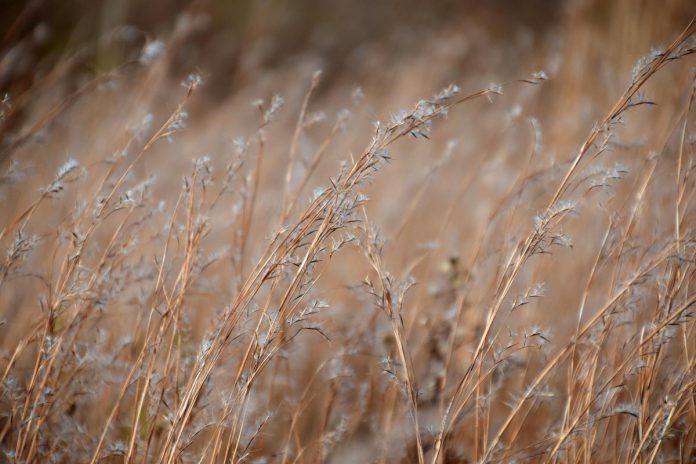
Gillian di Petta is the Mitigomin Native Plant Nursery’s coordinator. She first joined the Alderville Black Oak Savanna organization in 2017 and has been instrumental in developing the nursery.
The logo of the Mitigomin Native Plant Nursery shows two Black Oak acorns, reflecting the nursery’s name: an Anishinaabemowin word meaning “seed from an oak”. Both the name and logo represent the symbiotic relationship between Alderville Black Oak Savanna and the Mitigomin Native Plant Nursery.
“The name demonstrates the relationship between the two organizations,” says di Petta. “If the Black Oak Savanna is the oak, the nursery would be the seed. We envision it as the full circle of what restoration looks like, from the time seed is collected to how the nursery production feeds into the ecological restoration on Alderville First Nation Lands.”
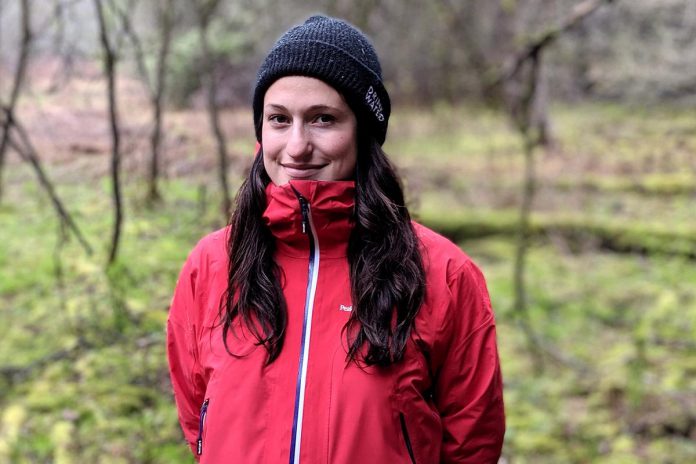
“With the ecological restoration work of the Black Oak Savanna focusing on grassland ecosystems — tallgrass prairie and oak savanna — one of the primary things we do is plant native species,” di Petta explains. “Before we had the nursery, we had to contract out our growing operations. The original idea for the nursery came from a long-term need for native plants to continue our restoration projects.”
As grasslands exist in only three per cent of their former range throughout North America, restoring them is an important way to help mitigate climate change. Grasslands are highly effective carbon sinks — meaning they absorb and store large amounts of CO2 from the atmosphere, a leading contributor to climate change.
While forests are also effective carbon sinks, grassland ecosystems store carbon in their extensive root systems. This means that, when a grassland burns, the carbon remains safely stored below ground. When a forest burns, much of the carbon stored in trees is released back into the atmosphere.
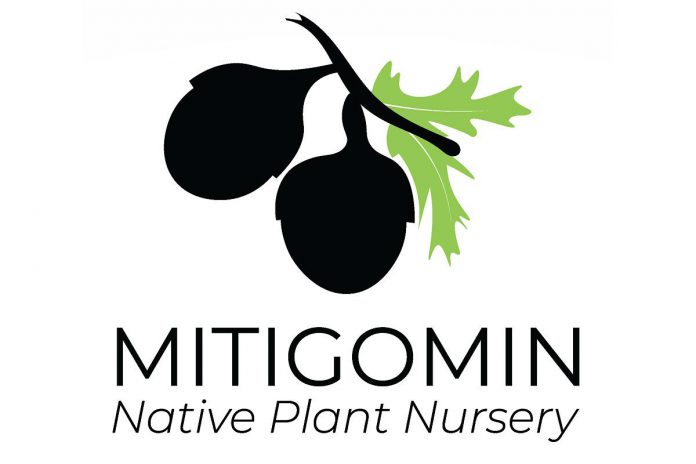
According to di Petta, restoring the native grassland landscape to what it once was is also paramount for drought resistance and increasing habitat for at-risk species.
The Mitigomin Native Plant Nursery has a series of goals under the Alderville Black Oak Savanna; one of these goals is focusing on local plant genetics by collecting seeds from existing local populations. di Petta uses the example of Big bluestem (andropogon gerardi), a perennial native tallgrass species.
“Big bluestem from this region and Big bluestem from southwestern Ontario don’t necessarily have the same genetics” she explains. “So, as much as possible, we want to retore with genetics from this area. Seed sovereignty for Alderville First Nation is a guiding principle for the plant nursery — an important consideration as the nursery grows.”
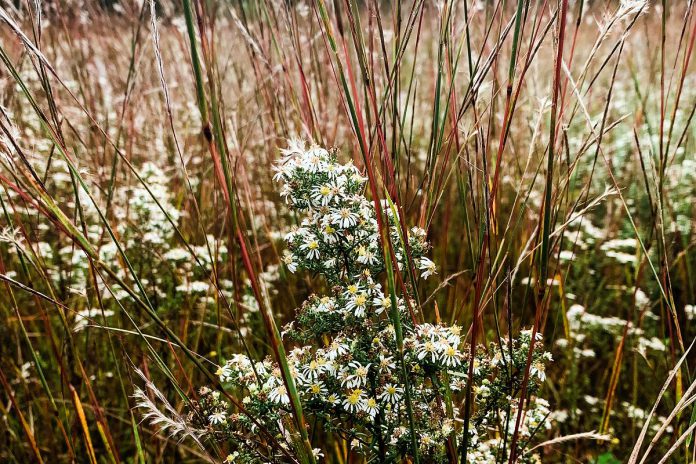
The Mitigomin Native Plant Nursery will make native plants available for purchase by Black Oak Savanna partners, including native plants such as Little bluestem, Big bluestem, Wild blue lupine, Butterfly weed, and Hairy beardtongue.
The nursery also grows traditional food and medicinal plants for the Alderville First Nation community. Alderville Black Oak Savanna staff work alongside Alderville First Nation Health and Social Services and other community-based organizations.
Another primary goal for the nursery is to provide education and outreach opportunities for the public. Tours of the Alderville Black Oak Savanna will be highlight the work of the Mitigomin Native Plant Nursery, providing a means to demonstrate the full circle of ecological restoration.
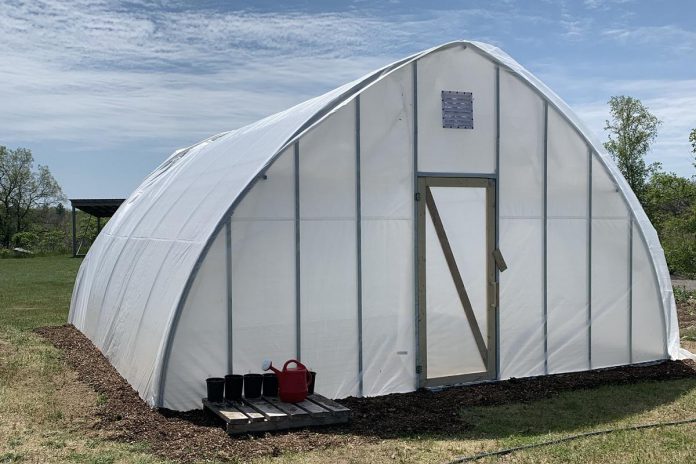
The Mitigomin Native Plant Nursery design currently includes a hoop house and interpretive garden, with a passive solar greenhouse on track to be constructed this summer.
“It’s a custom-design structure that’s engineered specifically for our regions climate and will be used to germinate seeds and experiment with alternative growing conditions for native plants” di Petta explains. “The hoop house will be used to grow-on the germinated plants from the greenhouse.”
“Picturing the nursery three years from now, we envision the passive solar greenhouse, the hoop house, and outdoor nursey rows,” she adds. “We will host workshops, as another one of our goals is to use the nursery to share information on how to grow and care for native plants.”
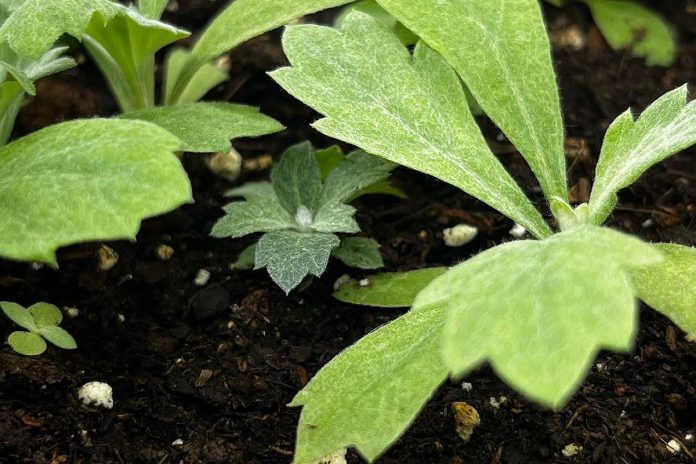
Naturally, there are necessities to make this vision come to fruition. Although the nursery received a substantial grant from the Greenbelt Foundation last October, di Petta notes on-going funding is a challenge for most not-for-profit organizations.
As a not-for-profit organization, the Alderville Black Oak Savanna and Mitigomin Native Plant Nursery relies on funding and donations to continue their ecological restoration, education, and research. You can support them by making a donation or by booking a guided tour or full-day visit this summer.
“People need to know what we’re doing so they care to protect the land in the future,” di Petta says. “Especially youth because, whenever we get young kids here, they’re so excited about what we’re doing.”
You can learn more about the Mitigomin Native Plant Nursery and Alderville Black Oak Savanna by visiting aldervillesavanna.ca.
You can also follow the Mitigomin Native Plant Nursery on Facebook and Instagram.


